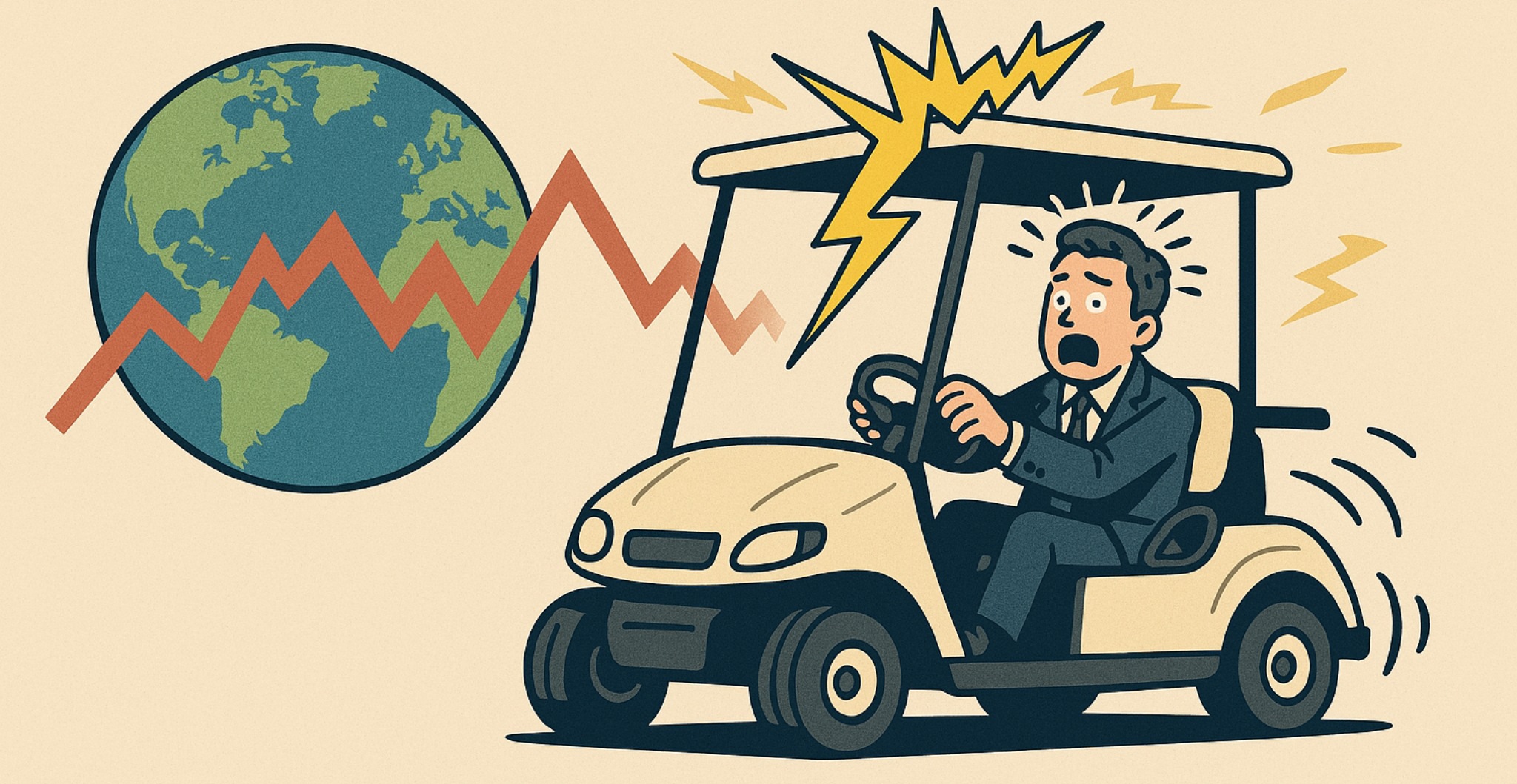The US government recently announced that it would impose high tariffs on major global trading partners, coupled with anti-dumping and anti-subsidy investigations specifically targeting golf carts and low-speed electric vehicles made in China, and increased tariffs on some Southeast Asian countries. This policy is having a chain impact on dealers, golf courses and end users in the global golf cart industry chain, and accelerating the reshaping of the market structure.
Dealers: Regional market differentiation and cost transfer pressure
1.North American channel inventory is under pressure
US dealers rely on China’s cost-effective models, but tariffs have caused import costs to soar. Although there may be short-term inventory in US warehouses, profits need to be maintained through “price increase + capacity substitution” in the long term. It is expected that the terminal price will increase by 30%-50%, and some small and medium-sized dealers may face the risk of exit due to tight capital chain.
2.Regional market differentiation has intensified
Markets such as Europe and Southeast Asia that are not directly affected by high tariffs have become new growth points. Chinese manufacturers are accelerating the transfer of production capacity to Southeast Asian countries. On the other hand, local dealers in the United States may turn to purchasing high-priced models of domestic brands, resulting in a decrease in supply in the mid- and low-end markets.
Golf course operators: Rising operation and maintenance costs and adjustment of service models
1.Purchase costs force operation strategies
The annual purchase cost of golf courses in North America is expected to rise by 20%-40%. Some golf courses postponed vehicle renewal plans and turned to leasing or second-hand markets, indirectly pushing up maintenance costs.
2.Service fees are transmitted to consumers
To offset cost pressures, golf courses may increase service fees. Taking an 18-hole standard golf course as an example, the rental fee for a single golf cart may increase, which may suppress the willingness of middle- and low-income users to consume golf.
End users: Higher thresholds for car purchases and the emergence of alternative demand
1.Individual buyers turn to the second-hand market
Community users in the United States are price-sensitive, and the economic recession affects purchasing decisions, which may promote the growth of the second-hand market.
2.Demand for alternative transportation grows
Some users turn to low-tariff, low-price categories such as electric bicycles and balance bikes.
Long-term Outlook: Ebb of Globalization and Regional Cooperation Game
Although the US tariff policy protects local enterprises in the short term, it pushes up the cost of the global industrial chain. Industry analysts pointed out that if the Sino-US trade friction continues, the global golf cart market size may shrink by 8%-12% in 2026, and emerging markets such as Southeast Asia and Africa may become the next growth pole.
Conclusion
The US tariff increase is forcing the global golf cart industry to enter a period of deep adjustment. From dealers to end users, each link needs to find a living space in the multiple games of cost, technology and policy, and the final cost of this “tariff storm” may be paid by global consumers.
Post time: Apr-14-2025







